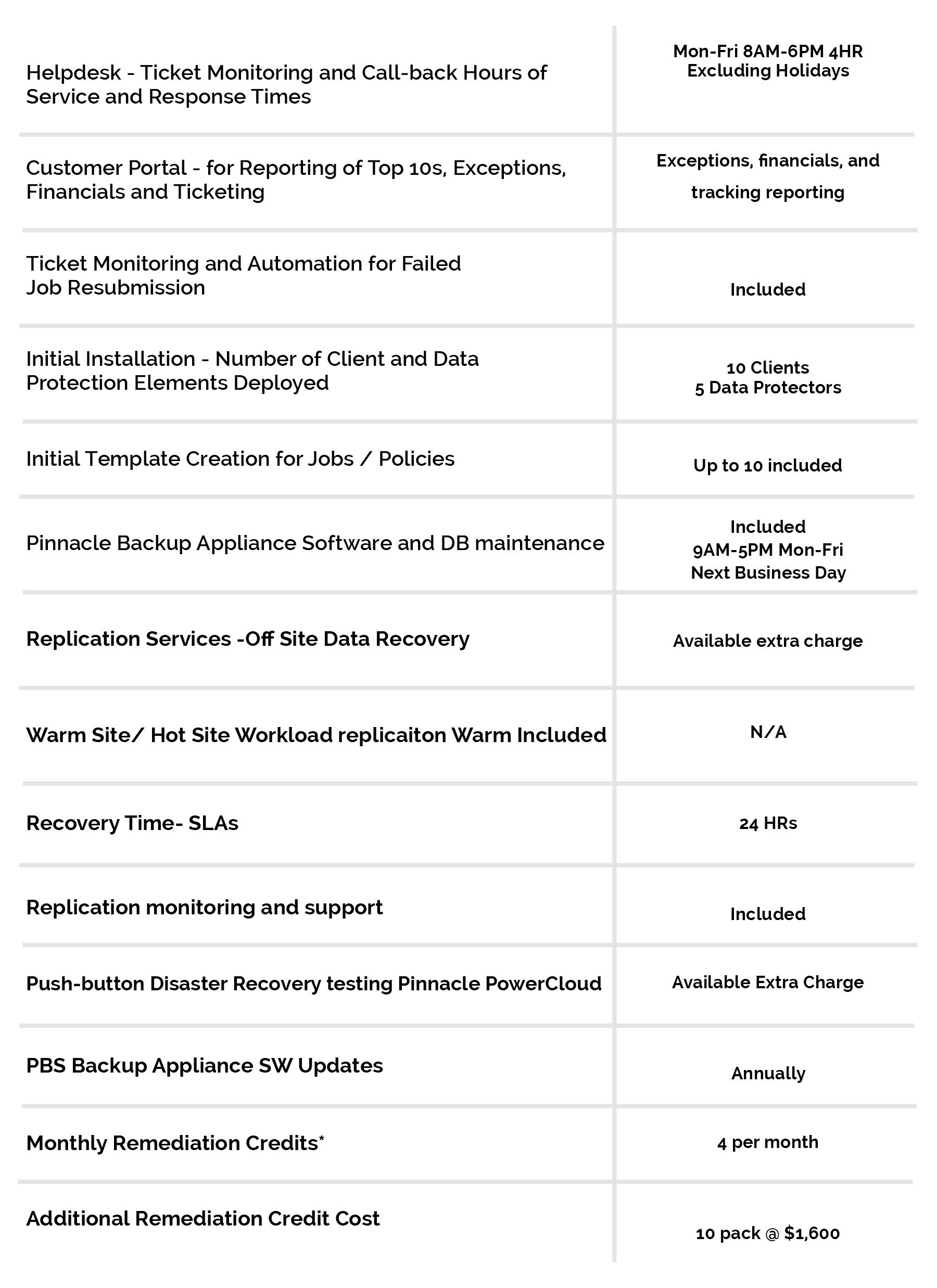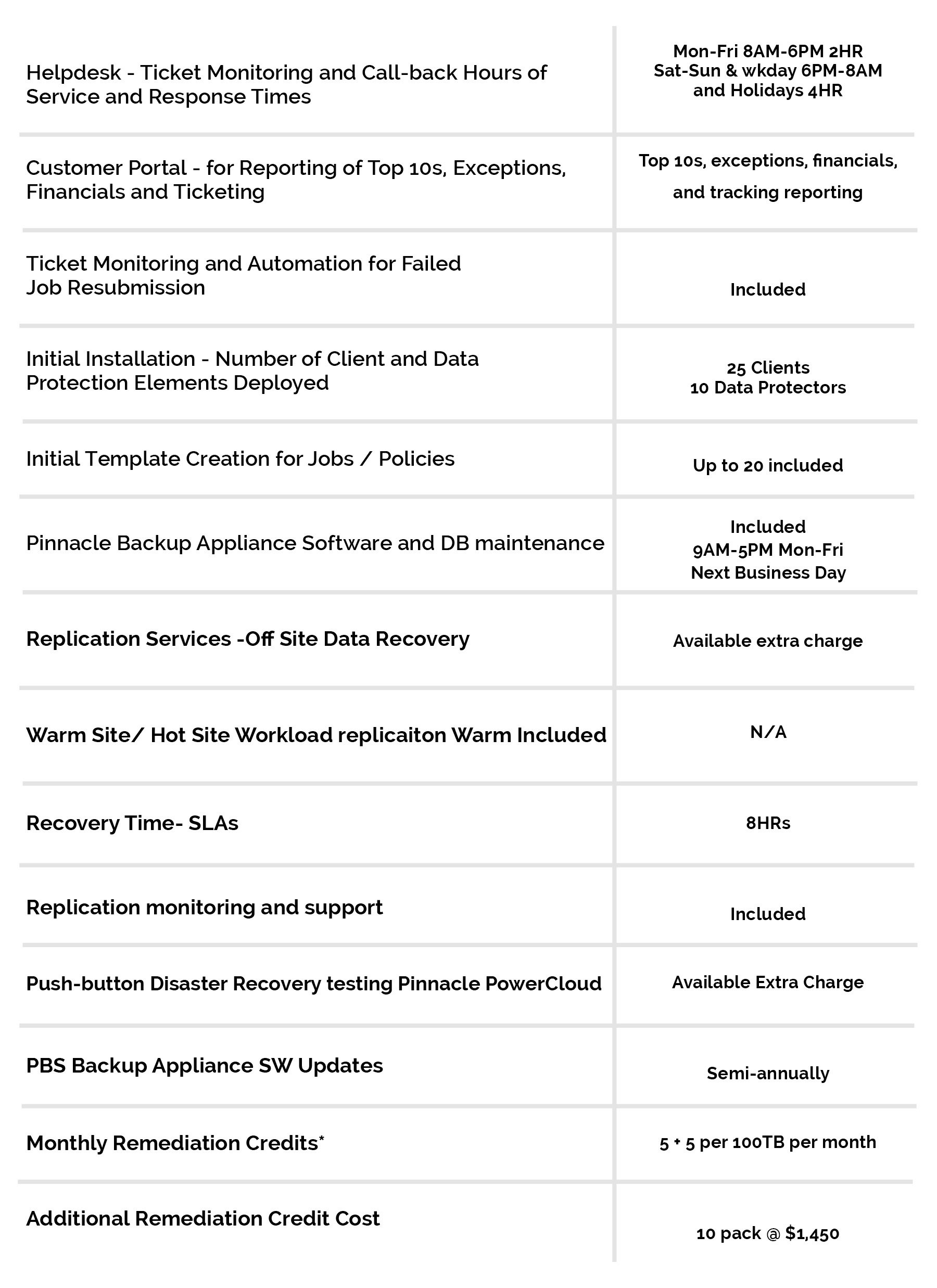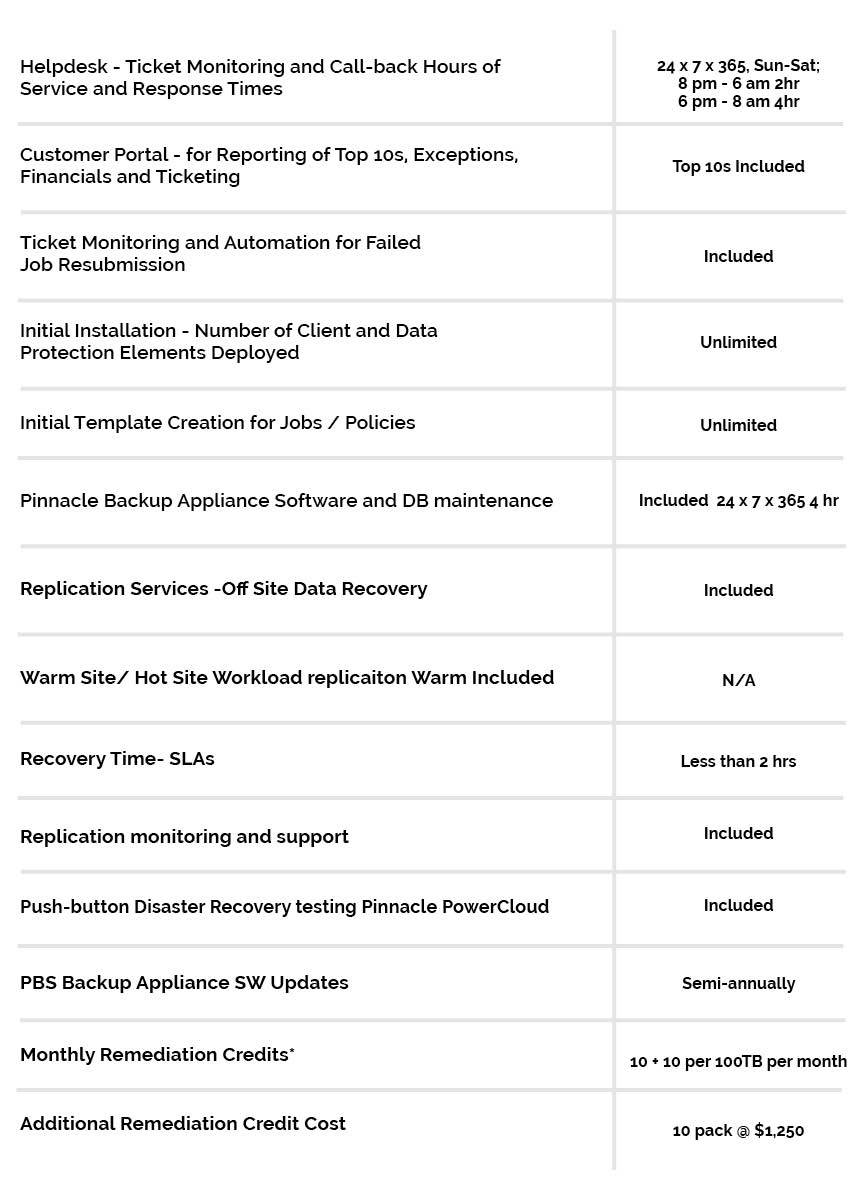04 Mar 3 More IT and Analytics Strategies for 2019
The race is on to incorporate big data analytics and leverage the resulting insights in a way that differentiates the organization and puts it ahead of its competitors. According to new research from NewVantage Partners, there’s a “fear of disruption” that’s currently pushing considerable investments in big data analytics.
“The world’s largest and most successful companies are pouring investments into big data, analytics, and artificial intelligence (AI), but fear – rather than the opportunity to profitably leverage data – is the driving factor,” noted ZDNet contributor Charlie Osborne, reporting on the NewVantage study.
As businesses look to use analytics to support a competitive edge in their respective marketplaces, there are few key initiatives to consider working into the big data strategy:
1) Eliminating data management challenges
Before companies get to the nitty-gritty of working with the data they have available to them, they must ensure that they work to overcome any data management challenges standing in their way. As Datanami contributor Alex Woodie pointed out, obstacles in this area – including silos with data storage, and data governance struggles – are still preventing businesses from seeing success with their big data initiatives.
Before working on specific projects, stakeholders must consolidate their data sources into a single repository, and support the rules of the EU’s GDPR, among other data governance regulations.
2) Ditching the data lake
For years, Hadoop has been a staple tool for big data analytics, and its signature Data Lake approach enabled businesses to host and store their information in a single, accessible location. This year, however, organizations are looking to leave their data lakes in the past, and instead leverage more flexible and scalable options, including distributed object stores, stream-computing systems and in-memory clusters, noted Dataversity contributor James Kobielus.
This change will result in a considerable shift within the big data analytics software sector, wherein standbys including Hadoop and Apache Spark will be phased out, and will be eventually viewed as legacy systems.
3) Taking IoT analytics a step further: Edge analytics
IoT systems have created nearly endless opportunities in the big data analytics field, with data being produced and ripe for analysis by each intelligent, connected endpoint in consumer, industrial and business settings. However, as CMSWire contributor Kaya Ismail pointed out, this can quickly lead to an overload of data, as information is sent from IoT devices to the cloud, and then analyzed.
The solution here is to leverage edge computing, which bypasses the cloud and enables analysis of IoT data to take place directly on the IoT devices themselves.
“Edge analytics is leveraging that same device or devices and utilizing them to process the data that has been computed and turn it into actionable information directly on that device,” Kyle Bernhardy, HarperDB CTO told Ismail.
This style of analysis can offer improved efficiency for costs, resource usage and time to analysis results, making it a top priority initiative this year.
In order to successfully put in place new analytics initiatives, organizations must ensure they have the right tools and support. To find out if your business is equipped to tackle these and other leading big data analytics initiatives this year, connect with the experts at Pinnacle today.





